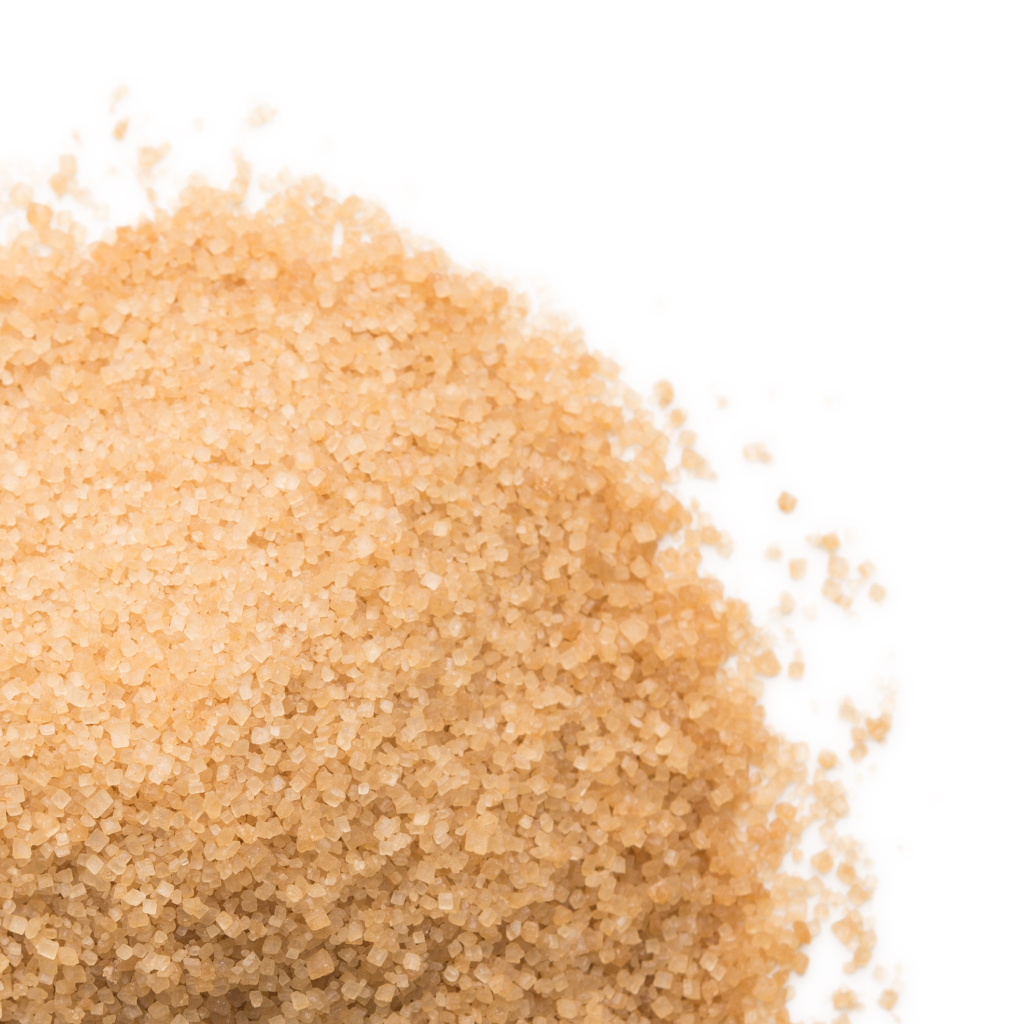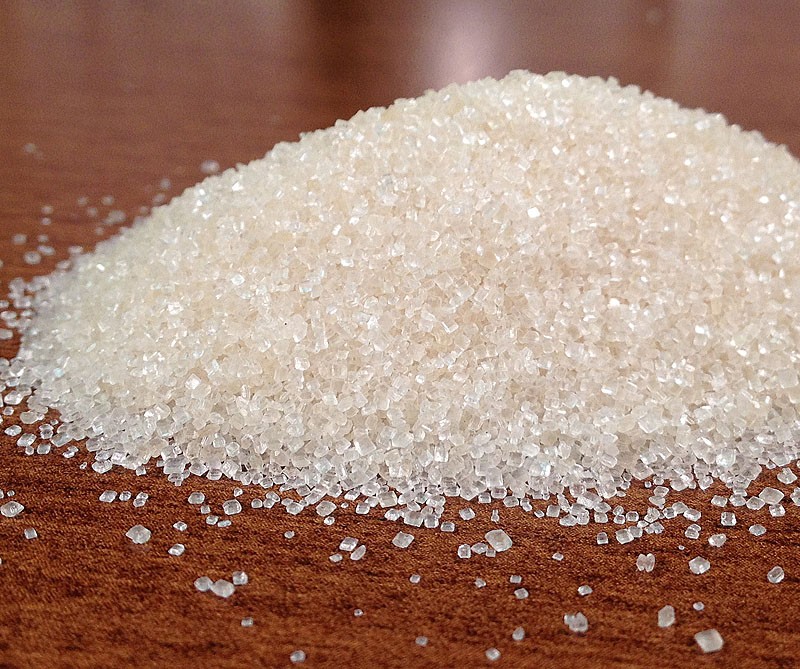Cane Sugar Processing Explained: What Happens Inside a Sugar Mill
Cane Sugar Processing Explained: What Happens Inside a Sugar Mill
Blog Article
An Extensive Overview to the Ecological Effect and Sustainability Practices in Cane Sugar Processing
The ecological effect of walking cane sugar handling offers a complex range of difficulties that warrant cautious exam. From soil degradation and excessive water usage to the carbon footprint connected with cultivation and production, the consequences of conventional practices are far-reaching. In contrast, the adoption of innovative sustainability steps provides a pathway toward more responsible production techniques. Comprehending the interplay between these issues is crucial for stakeholders in the industry. What details practices can be implemented to strike an equilibrium in between performance and ecological stewardship? The responses depend on a closer look at both the obstacles and possible remedies.
Overview of Walking Stick Sugar Processing
Walking cane sugar processing includes a series of organized steps that change sugarcane into polished sugar. Initially, collected sugarcane is moved to processing facilities, where it undergoes cleaning up to remove dirt and debris. Following this, the walking stick is crushed to draw out juice, which is then cleared up by removing impurities via home heating and the addition of lime.
The made clear juice undergoes evaporation, where water is eliminated to focus the sugar web content. These crystals are divided from the remaining syrup utilizing centrifugation, resulting in raw sugar.
The end product is then dried and packaged for circulation. Throughout this whole process, maintaining performance and high quality control is necessary to make certain the sugar satisfies sector standards. Each step in walking stick sugar handling not just contributes to the final product however additionally has implications for resource use and waste generation, setting the phase for conversations on sustainability and environmental impacts related to sugar production.
Ecological Obstacles of Manufacturing
The manufacturing of walking cane sugar provides numerous significant environmental difficulties that warrant attention. One key problem is the considerable use of agrochemicals, consisting of plant foods and pesticides, which can result in soil deterioration, biodiversity loss, and contamination of regional water sources. The runoff from sugarcane fields typically brings these chemicals into nearby communities, interrupting aquatic life and influencing the wellness of neighborhoods reliant on these water bodies.
One more challenge is the high power intake connected with sugarcane processing. The boiling and refining stages call for considerable warm, mainly created by melting nonrenewable fuel sources, adding to greenhouse gas emissions. In addition, the extensive land area needed for sugarcane farming can bring about logging and habitat devastation, additional worsening climate adjustment and threatening wildlife.
Moreover, the labor techniques in some areas elevate moral worries, as workers might face inadequate working conditions and poor salaries. This situation often perpetuates a cycle of poverty in regional neighborhoods. Cane Sugar Processing. Dealing with these ecological challenges is critical for establishing more lasting practices in walking stick sugar manufacturing, eventually profiting both the environment and the neighborhoods entailed in this market
Water and Land Usage Influence
Water resources and land application are crucial parts in the cane sugar market that significantly affect the setting. The cultivation of sugarcane needs substantial water input, with quotes recommending that it can consume up to 2,000 liters of water per kilo of sugar generated. This intensive use of water usually results in depletion of regional water sources, influencing not only the sugarcane ranches however additionally bordering communities and neighborhoods that depend on the very same water sources for agriculture and domestic use.

Moreover, land use for sugarcane farming can bring about logging and the conversion you can check here of all-natural habitats right into monoculture ranches. This technique decreases biodiversity, interferes with regional ecosystems, and contributes to dirt degradation. The growth of sugarcane areas commonly encroaches on hop over to these guys useful farming land, producing competitors for sources between food and biofuel manufacturing.
Lasting practices, such as enhancing irrigation strategies and executing plant turning, are necessary to minimize these effects. By embracing extra effective water use and land monitoring approaches, the walking stick sugar sector can lower its ecological footprint, making certain a balance between agricultural efficiency and ecological conservation.
Greenhouse Gas Emissions
Greenhouse gas emissions represent a substantial environmental worry within the walking stick sugar handling sector, specifically as agricultural practices broaden to fulfill international need. The growing of sugarcane, a plant that prospers in exotic climates, relies heavily on synthetic plant foods and chemicals, which add to nitrous oxide discharges. Furthermore, land-use adjustments, including deforestation for brand-new sugarcane haciendas, release carbon dioxide stored in plant life and dirt.
During processing, power consumption is another significant source of greenhouse gas exhausts - Cane Sugar Processing. Numerous sugar mills use nonrenewable fuel sources to power equipment and generate warm, leading to substantial carbon footprints. In addition, the transport of raw sugarcane and finished products includes layers of exhausts through gas combustion in automobiles
This entails assessing present agricultural techniques, refining methods, and transport systems to recognize locations for renovation and mitigation. Attending to greenhouse gas discharges is essential for promoting a much more lasting cane sugar industry in a changing climate.

Lasting Practices and Innovations
Lasting techniques and technologies are increasingly vital in the walking stick sugar processing market as stakeholders seek to lower environmental influences while preserving productivity. One substantial development is the implementation of incorporated crop monitoring, which enhances resource usage by incorporating dirt management, insect control, and plant turning strategies. This approach boosts yield while minimizing chemical check out here inputs and protecting dirt health.
Furthermore, the fostering of renewable resource resources, such as biomass from sugarcane residues, has actually obtained grip - Cane Sugar Processing. By converting waste products right into power, processing centers can minimize their dependence on fossil fuels, consequently reducing greenhouse gas discharges
Water administration methods have actually likewise seen enhancements via the recycling and reusing of water in processing plants, dramatically minimizing freshwater consumption. Technologies in modern technology, such as precision agriculture, make it possible for farmers to keep track of plant health and wellness and source usage more efficiently, making sure sustainable cultivation methods.
In addition, accreditation programs like Fair Profession and Rain forest Partnership motivate ecologically responsible farming methods and advertise social equity within the supply chain. By accepting these lasting techniques and technologies, the walking cane sugar processing sector can enhance its durability and add favorably to ecological stewardship.
Conclusion
The ecological influence of walking cane sugar handling provides significant challenges, including dirt destruction, high water consumption, and greenhouse gas discharges, together with ethical concerns connected to labor methods. Addressing these concerns via lasting techniques, such as integrated plant management, renewable resource fostering, and water recycling, is crucial. By promoting eco accountable and socially fair approaches in sugar manufacturing, the sector can alleviate its unfavorable effects, ensuring an extra sustainable future for both communities and environments associated with this field.
Cane sugar processing entails a collection of organized actions that change sugarcane into refined sugar. Each action in walking stick sugar handling not just contributes to the final product but also has implications for source usage and waste generation, setting the stage for discussions on sustainability and environmental effects associated with sugar production.
Greenhouse gas emissions stand for a significant ecological issue within the walking stick sugar processing sector, specifically as agricultural methods broaden to meet worldwide demand.Sustainable techniques and advancements are increasingly important in the walking cane sugar handling market as stakeholders seek to minimize ecological impacts while keeping performance.The environmental influence of cane sugar handling presents considerable challenges, consisting of soil destruction, high water consumption, and greenhouse gas emissions, along with honest concerns associated to labor techniques.
Report this page